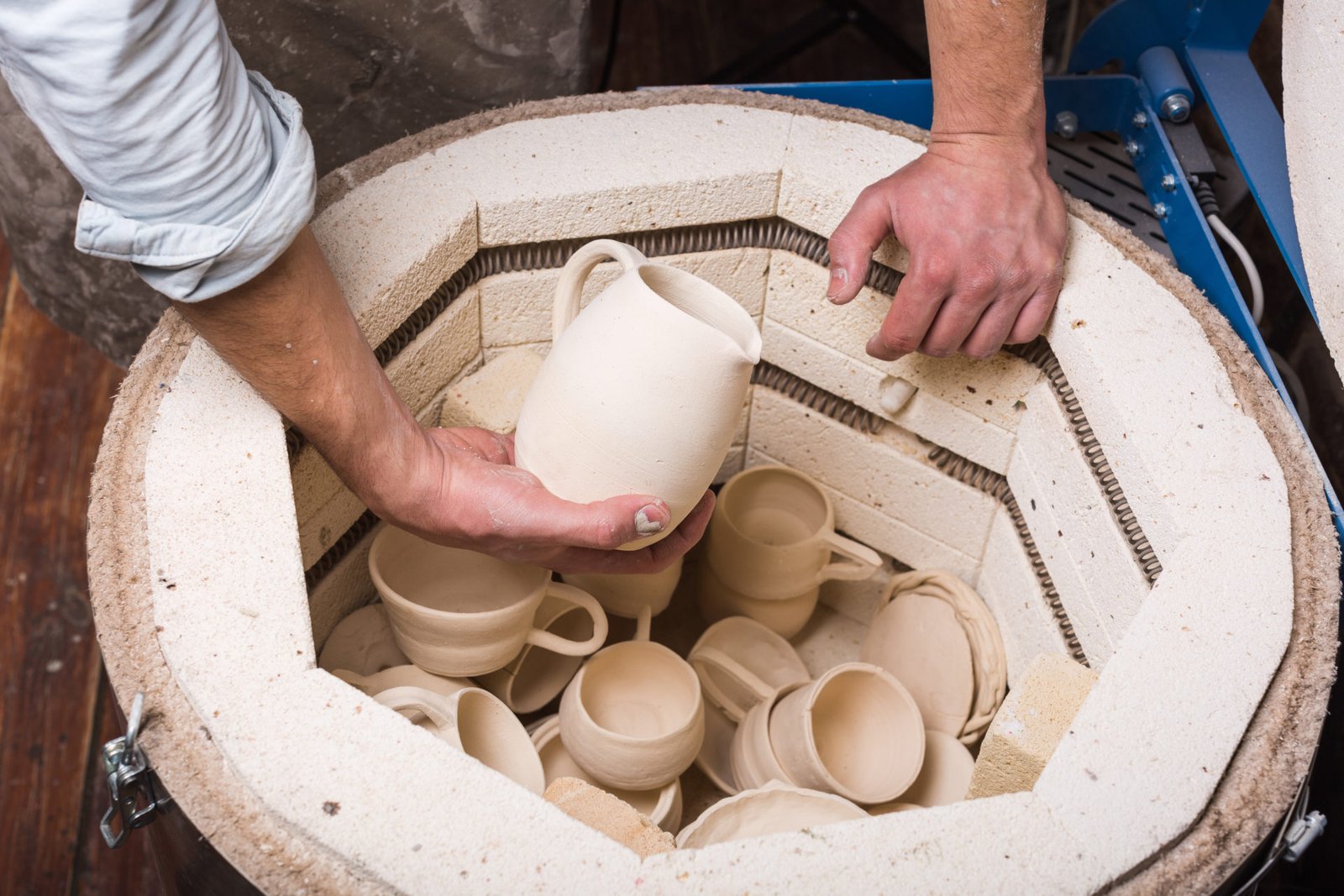The oldest known ceramic artifact dates all the way back to ~28 000 BCE, a period known as the Late Palaeolithic. The ceramic, uncovered in 1925 near Brno in the Czech Republic, is a figural sculpture commonly referred to by archaeologists and art historians as the Venus of Dolní Věstonice. The nude female figurine, like many other depictions of Venus, bares large breasts, belly and hips and was likely used during ceremonial proceedings for encouraging healthy fertility among women.
A mere ten thousand years later, functional pottery came into use in Eastern Asia. Fragments of pots dated to ~ 18 000 BCE found at the Xianrendong cave in China are believed to be the starting point of a wide spread use of functional pottery across Japan and Eastern Russia, and later the Middle East and Europe.
Ceramic manufacturing is one of the oldest industries know to humankind, it is no surprise then that the industry has developed far beyond its humble beginnings in the Late Palaeolithic period.
Crucial to the ceramic making process is the sintering or fusing of material. Sintering, sometimes referred to as frittage, is the process of forming a solid mass of material by heat. During this process, materials fuse together and the ceramic in question is given its strength and structural integrity.
Until recently, a major downfall of this process was the length of time required to sinter particles within a ceramic form. The heating up of kilns and furnaces, coupled with the baking of a ceramic, can take hours or longer. However, researchers at the University of Maryland have developed “an ultrafast high-temperature sintering method that both meets the needs of modern ceramics and fosters the discovery of new material innovations.”
This new method offers faster heating and cooling rates, and even temperature distribution when firing materials at temperatures of up to 3,000C. Manufacturing can thus happen at a fraction of the time it takes with traditional kiln and furnace firing: “less than 10 seconds of total processing time” according to the scientists behind this development.
This revolutionized firing technique presents a breakthrough in ceramic manufacturing that has repercussions far beyond decorative and homeware ceramics. The rate at which the manufacturing of solid-state batteries, fuel cells and 3D printing is subjected to change because of this new firing technology is extraordinary. The high-speed technique, according to scientists, may be utilized in new fields including artificial intelligence and presents new possibilities for the sintering of material beyond ceramics.

Sources:
“Brief History of Ceramics and Glass.” The American Ceramic Society, September 28, 2018. https://ceramics.org/about/what-are-engineered-ceramics-and-glass/brief-history-of-ceramics-and-glass.
Cockburn, Harry. “’Superfast’ New Manufacturing Method Could Allow Breakthrough in Battery Technology, Scientists Say,” May 1, 2020. https://www.independent.co.uk/news/science/ceramic-manufacturing-sintering-firing-batteries-university-maryland-solid-state-a9494441.html.

